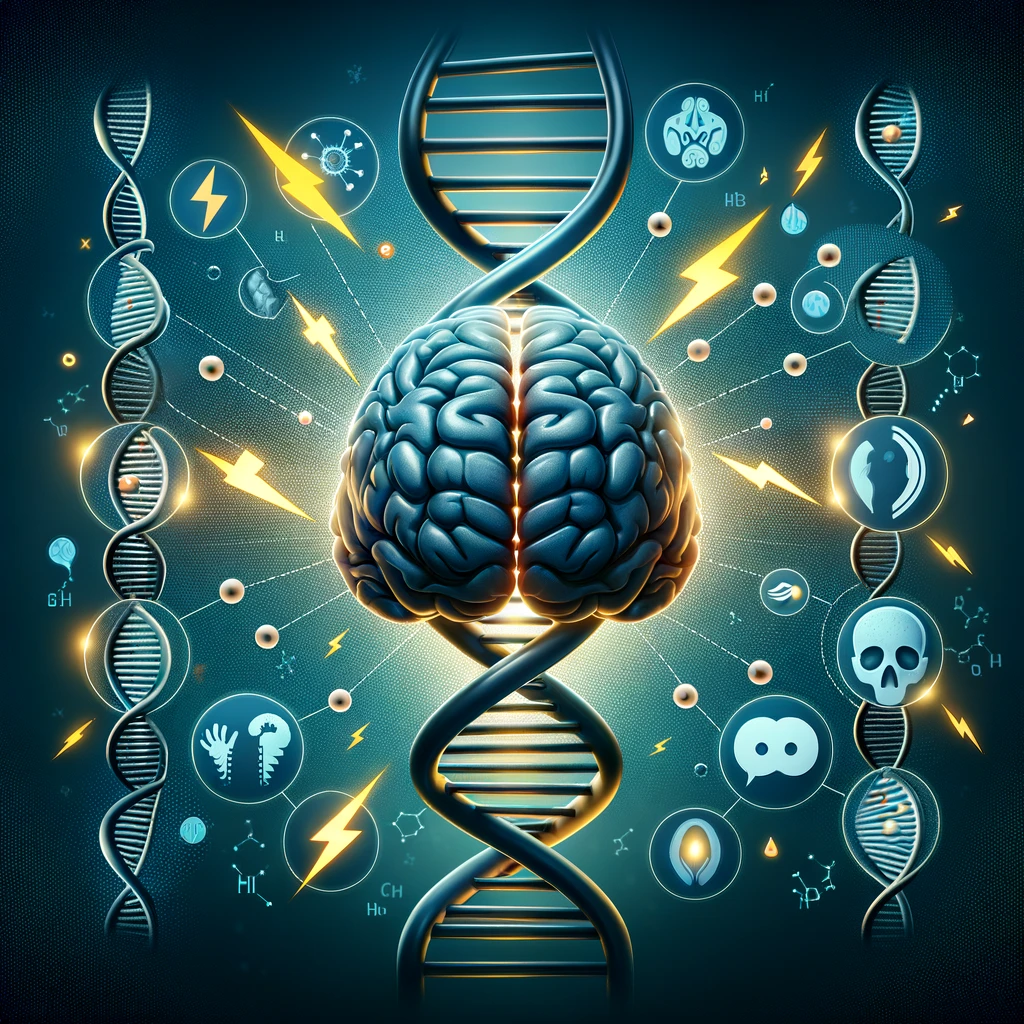- The Health League
- 0 Comments
Migraines are not just headaches; they are complex neurological or vascular events characterized by intense, throbbing pain, often accompanied by nausea, vomiting, and extreme sensitivity to light and sound. While various factors contribute to migraine development, genetics play a significant role. Let’s explore the intricate connection between genetics and migraines, shedding light on how hereditary factors influence the condition.
Understanding the Genetic Link
Research has shown that migraines have a strong familial component, indicating that genetics significantly influence their occurrence. If one or both parents have migraines, the likelihood of their children experiencing migraines increases. Studies suggest that individuals with a first-degree relative who suffers from migraines have a 50% higher chance of experiencing them as well.
Identifying Genetic Markers
Recent advancements in genetic research have identified several genes associated with migraines. For instance, mutations in the CACNA1A, ATP1A2, and SCN1A genes have been linked to familial hemiplegic migraine, a rare subtype of migraine with aura. These genes play roles in regulating ion channels in the brain, affecting neuronal activity and potentially leading to the development of migraine symptoms.
Genetics and Migraine Subtypes
The genetic influence on migraine development varies among different types of migraines. For example, migraines with aura (temporary visual or sensory disturbances preceding the headache) have a stronger genetic link than migraines without aura. The complexity of migraine genetics, with potential involvement from multiple genes and their interaction with environmental factors, makes predicting the condition based on genetics alone challenging.
Environmental Triggers and Genetic Predisposition
While genetics lay the foundation for migraine susceptibility, environmental factors often trigger the actual migraine episodes. Common triggers include stress, certain foods, hormonal changes, weather changes, and sleep disturbances. Individuals with a genetic predisposition to migraines may be more sensitive to these environmental triggers, leading to more frequent or severe attacks.
Future Directions in Migraine Research
Understanding the genetic basis of migraines opens the door to personalized medicine approaches for treatment and prevention. As research progresses, it may become possible to develop targeted therapies that address the specific genetic pathways involved in an individual’s migraines. Additionally, genetic testing could potentially identify individuals at higher risk for migraines, allowing for early intervention and management strategies.
Managing Migraines: A Holistic Approach
For those with a genetic predisposition to migraines, managing the condition requires a holistic approach. This includes identifying and avoiding personal triggers, maintaining a healthy lifestyle, and exploring treatment options that may include medication, behavioral therapy, and alternative treatments.
At The Health League, we understand the complex nature of migraines and offer comprehensive care plans tailored to each patient’s unique needs, considering both genetic and environmental factors. Our team of experts is dedicated to helping you manage your migraines effectively, improving your quality of life.
The role of genetics in migraine development is undeniable, but it’s just one piece of the puzzle. A combination of genetic predisposition and environmental factors contributes to the onset and severity of migraines. By furthering our understanding of the genetic aspects of migraines, we can pave the way for more effective treatments and, ultimately, a better understanding of this complex condition.
